A PowerPoint providing a series of warm-up activities for Grade 2 students across the mathematics curriculum.
This teaching resource is an interactive PowerPoint that provides a series of mathematical warm-up activities that cover areas across the curriculum. You can do these quick activities to help warm up for a particular focus lesson or break up the day to keep students fresh for learning. Some activities supply instructions for interactive games; others are interactive templates that you can display on your classroom whiteboard with a projector.
Specific topics include:
- Place Value
- Operations
- Fractions
- Money
- 2-D and 3-D Figures
- Area
- Measurement
- Time
- Odd and Even
- Data Analysis.
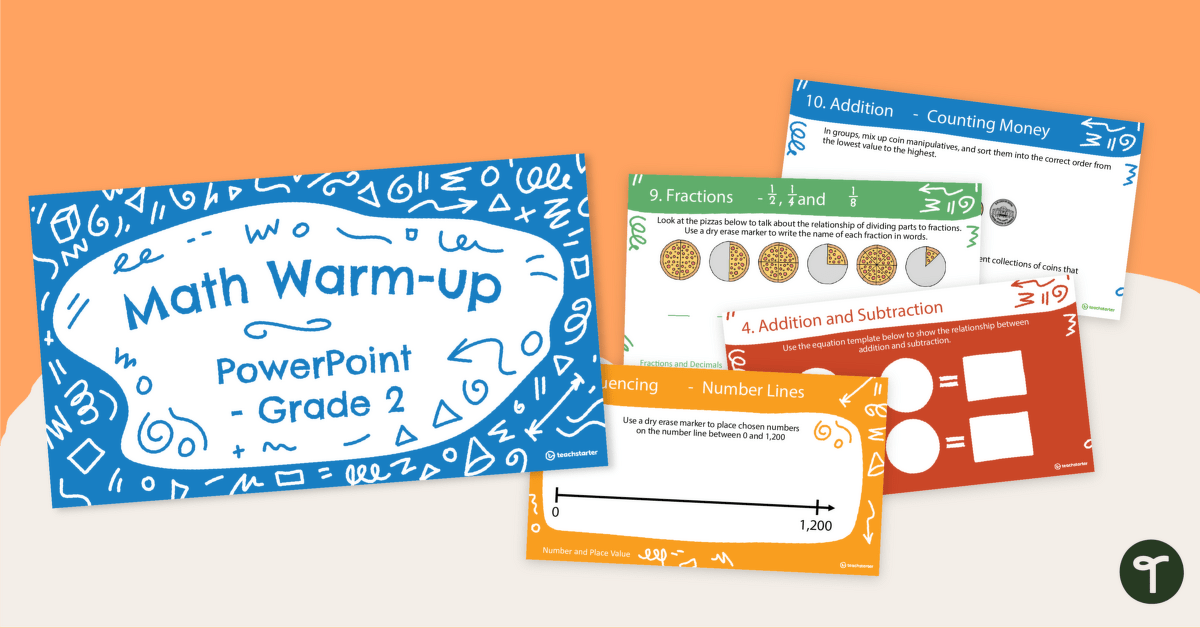


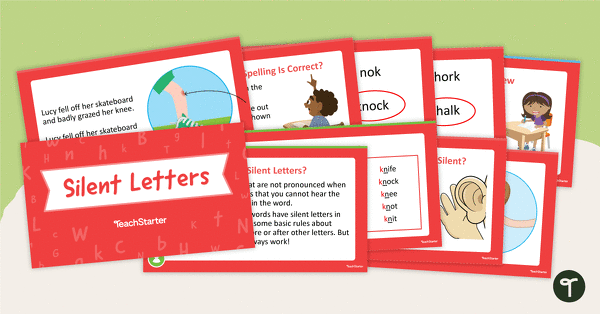
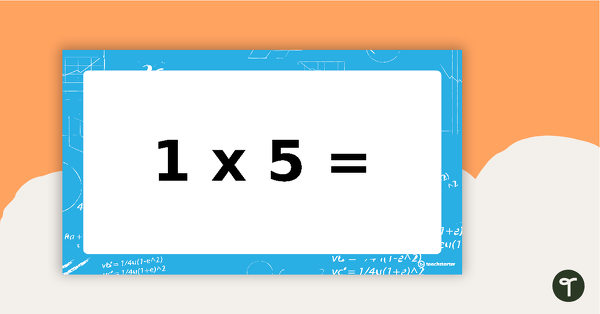
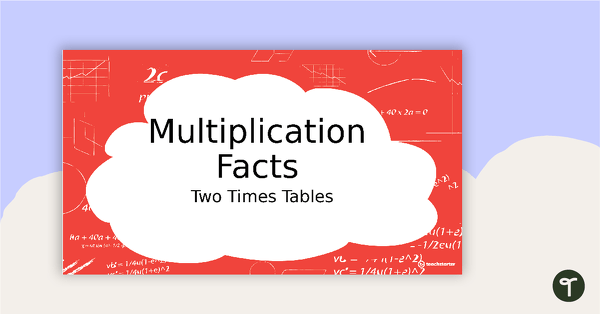
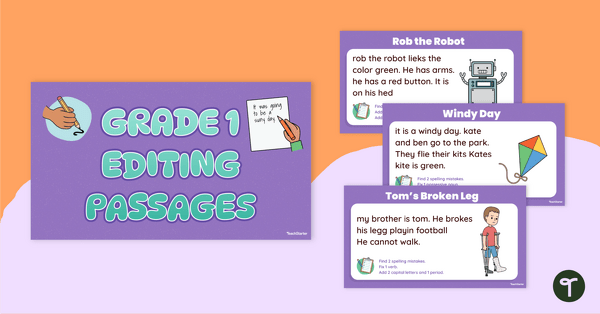
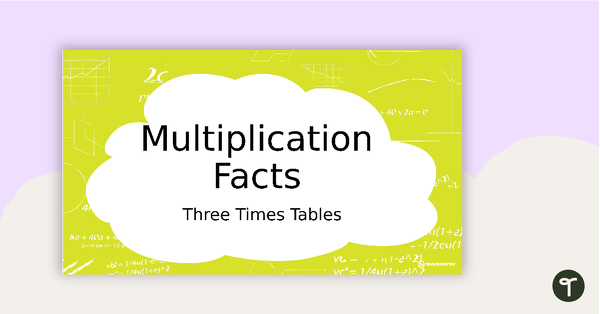
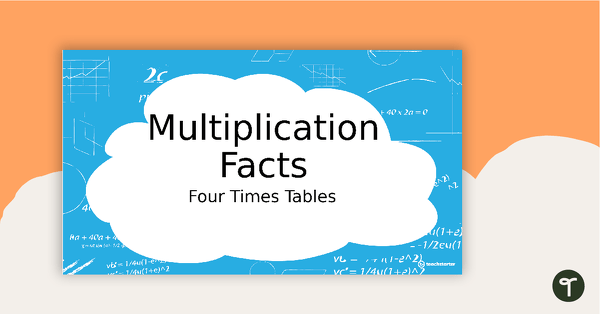
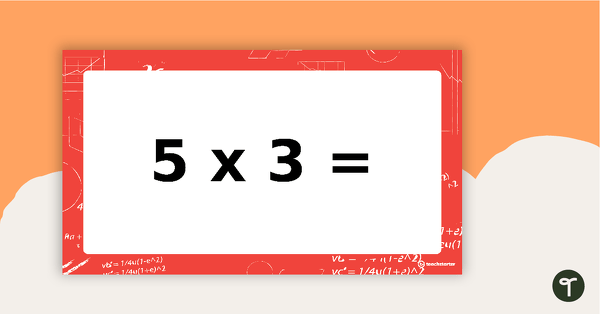
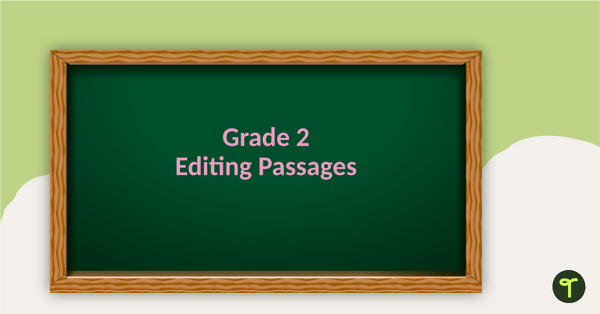
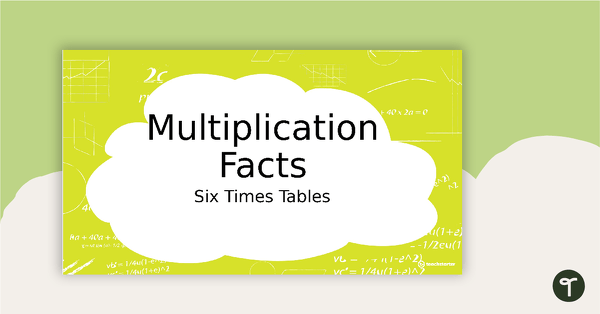
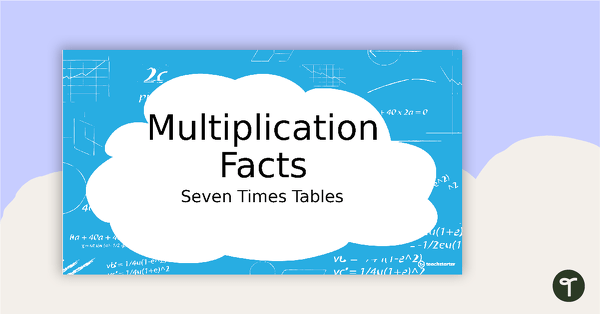
0 Comments
Write a review to help other teachers and parents like yourself. If you'd like to request a change to this resource, or report an error, select the corresponding tab above.